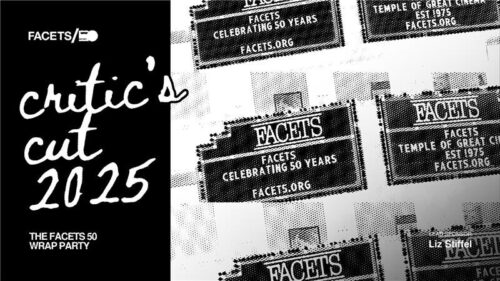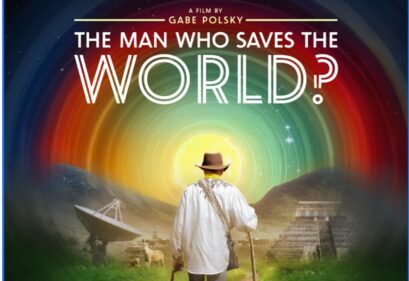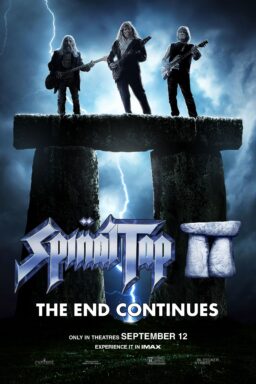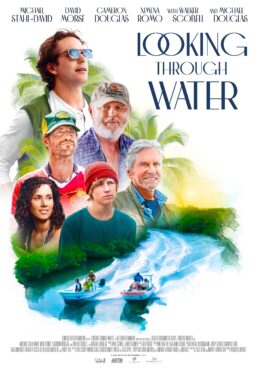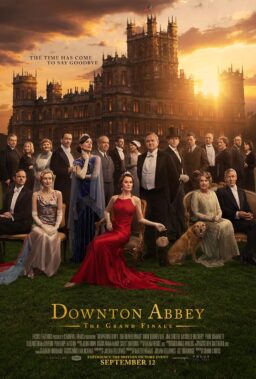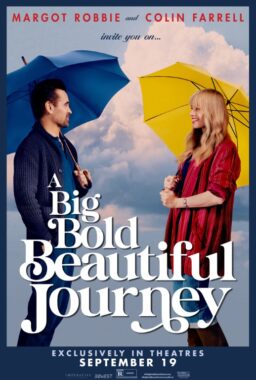Each day during this special week we will be highlighting the filmmakers and actors that Roger championed throughout his career. A table of contents for all of our “Roger’s Favorites” posts can be found here. Below is an entry on director John Sayles.
According to Roger, John Sayles had displayed great promise from the very beginning, with his first two features, “Return of the Secaucus Seven” (1979) and “Lianna” (1983). In Roger’s three-star review of Sayles’ third film, “Baby, It’s You” (1983), he wrote that the director was “building a career for himself out of the carefully observed events that make up ordinary lives.” The critic also admired Sayles’ work as an actor, particularly in Rick King’s “Hard Choices” (1986), in which he played a philosophical drug dealer who “does not remind us of any drug dealer we’ve ever seen in a movie before.” If there was any singular thing that defined Sayles’ work in Roger’s eyes, it was a sense of something new being captured before our eyes.
Roger didn’t recommend Sayles’ star-studded baseball film, “Eight Men Out” (1988), in which the filmmaker starred alongside Studs Terkel. “It’s an insider’s movie, a baseball expert’s film that is hard for the untutored to follow,” Roger wrote in his two-star review. “An oddly unfocused movie made of earth tones, sidelong glances and eliptic conversations.” Then came “City of Hope (1991), the first Sayles film to receive four stars from Roger. “He uses the large canvas and his most complex story with complete assurance, and this time we get wrapped up; we care,” he wrote. With this picture being his seventh, Roger noted that director has shown an “astonishing diversity” in his career, encompassing so many “different genres and moods.”
Sayles’ next film, “Passion Fish” (1993) also earned four stars from Roger, avoiding potential docudrama cliches by cutting “closer to the bone. This is a tough, muscular story about a headstrong woman who wants things to go her way.” Roger wrote that Sayles had “rarely written more three-dimensional characters than this time,” and in his interview that year with the director, he expressed hope that this film would mark a turning point in his career. “I’ve made eight films,” Sayles told Roger. “None of the previous seven has grossed over $20 million. The average Hollywood film now costs over $20 million. So to somebody looking at the bottom line, what that says is, lightning is not likely to strike in this place.” Yet in light of “Passion Fish”’s box office success and potential for Oscar nominations (it would receive two, including a nod for Mary McDonnell as Best Actress), Roger felt that lightening had indeed struck with this film.
Continuing to subvert Roger’s expectations every step of the way, Sayles followed that film up with “The Secret of Roan Inish” (1995), a film that defied the constraints of its label as a family-friendly fantasy. In his three-and-a-half star review, Roger was surprised to find himself actually caring about the narrative. “John Sayles and Haskell Wexler, who has photographed this movie with great beauty and precision, have ennobled the material,” Roger wrote. “There is a scene where a person numbed by the cold sea is warmed between two cows, and we feel close to the earth, and protected.”
A year later, “Lone Star” (1996) arrived in theaters, and was proclaimed by Roger as “the best work yet by one of our most original and independent filmmakers.” In his four-star review, Roger wrote, “‘Lone Star’ is a great American movie, one of the few to seriously try to regard with open eyes the way we live now.” Rather than merely focus on its plot, the film was “about how people try to live together at this moment in America.” Roger also gave four stars to Sayles’ next picture, “Men with Guns” (1998), which also rose above its narrative limitations to become “an allegory about all countries where men with guns control the daily lives of the people.” He wrote that the film was “immensely moving and sad, and yet because it dares so much, it is an exhilarating film.”
By the time Sayles’ follow-up, “Limbo” (1999), Roger was able to put the filmmakers’ work in the clearest perspective yet. “Sayles’ films aren’t exercises in style, like so many Sundance titles,” wrote Roger. “They’re about something; about relationships, society, politics.” Though the crowd at Cannes booed the ending of “Limbo,” it’s unexpected nature struck Roger as “perfect”—he also quipped that at Cannes, “they’ll boo the typefaces on the title cards.” In his three-star review of the film, he wrote that it “leaves conventional plot structure behind, and treks off into the wilderness,” much like the characters.
When Roger interviewed Sayles about “Sunshine State” (2002), he hailed the filmmaker’s stubbornly independent career as “a rebuke to directors who complain they can’t get their dream films off the ground.” The 13 films Sayles had made up to that point in his career all had one thing in common, according to Roger, “They were written, directed and edited exactly as he thought they should be. He has no complaints about studio interference. He is the complete independent director, self-starting, autonomous, one-stop shopping.” In his three-and-a-half star review of “Sunshine State,” Roger wrote that Sayles had made “observant, elegiac, sad movie” that suggests we should “hesitate to embrace the future in this nation until we have sufficiently considered the past.”
Roger’s conviction about Sayles’ work remained consistent throughout the director’s subsequent pictures. In his three-star review of “Casa de los Babys” (2003), Roger referred to Sayles as “the conscience of American independent filmmaking,” refusing to package pictures about complicated issues with neat messages. His three-and-a-half star review of “Silver City” (2004) argued that film was interested in far more than taking satirical jabs at George W. Bush. “It it takes wider aim on the entire political landscape we inhabit,” Roger wrote. “A Sayles movie is not a well-oiled machine rolling inexorably toward its conclusion, but a series of dashes in various directions, as if the plot is trying to find a way to escape a preordained conclusion.” He also praised the director as “a master at the tricky art of assembling large casts and keeping all the characters alive.” The sentiment was reflected in Roger’s three-and-a-half star review of “Honeydripper” (2008), which found the director “more concerned with spinning a ground-level human comedy than searching for pie in the sky. […] As the writer of his own work, he instinctively embraces the communities in which they take place. He’s never met a man who was an island. Everyone connects.”
Though Roger also recommended the final Sayles film that he would review, “Amigo” (2011), he noted that the film (awarded three stars) was not as tightly crafted as his best work. It became clear to Roger that “Lone Star” was, in fact, the director’s masterpiece, “the quintessential example of Sayles expressing his themes and ideas in epic format.” The film juggled numerous characters “with whom the story invests such weight and interest that I could follow any of them out of the film and into their own adventures.” One suspects that “Lone Star” would’ve received its own Great Movies entry had Roger lived long enough to write it.



